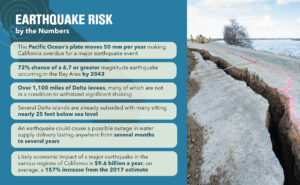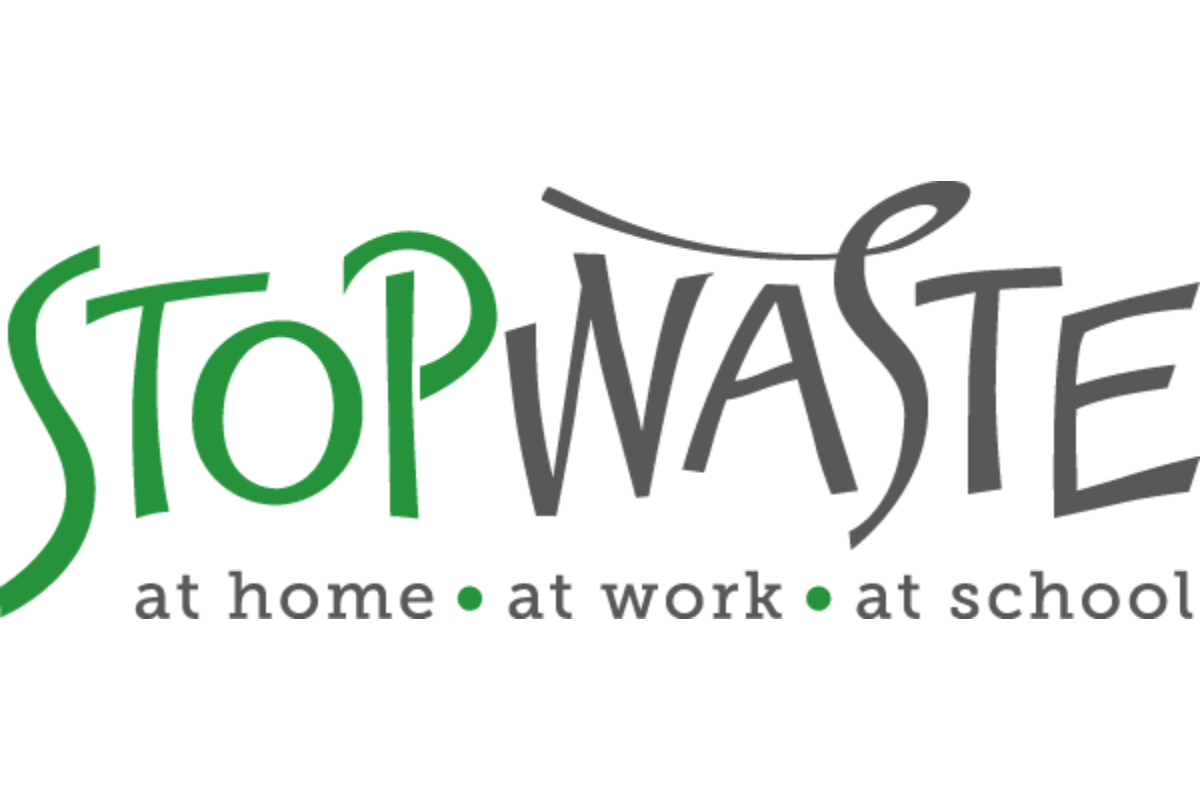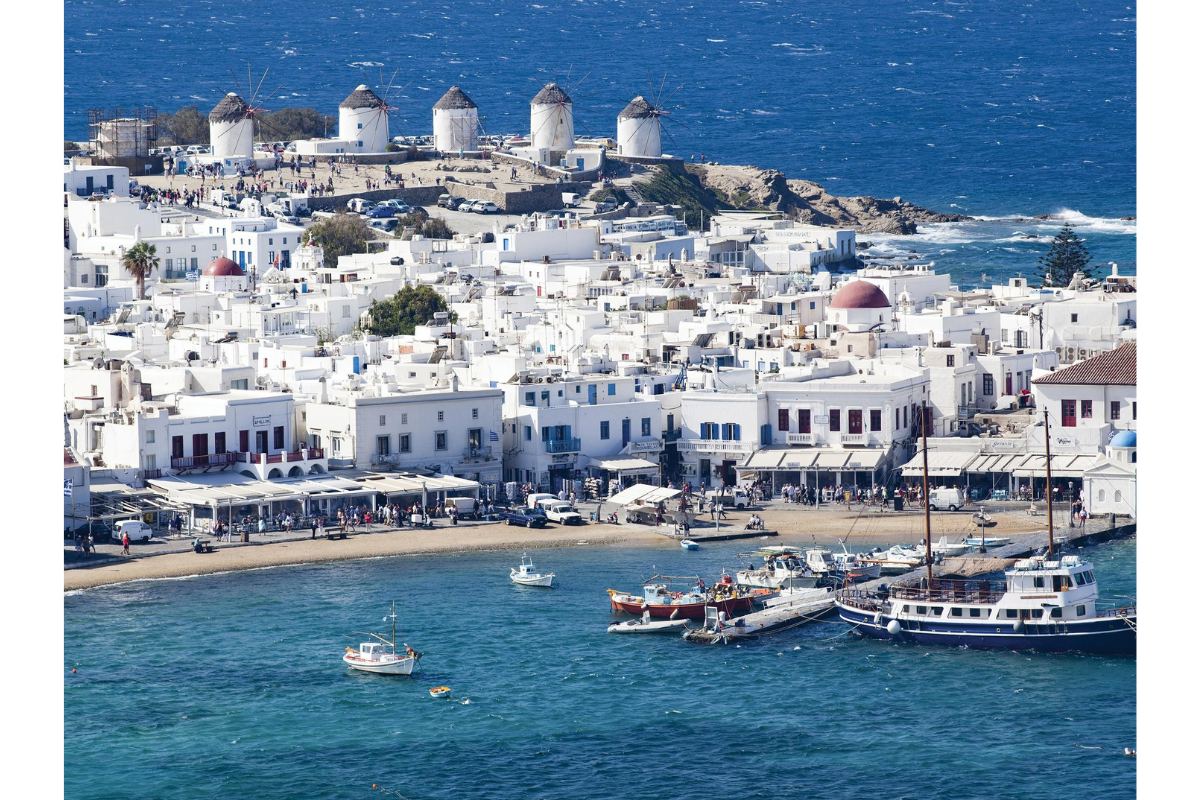Special from the California Department of Water Resources
According to the United States Geological Survey (USGS), there is a 72 percent chance of a 6.7 or greater magnitude earthquake occurring in the Bay Area by 2043 that could cause levees in the Delta to fail. This could result in significant amounts of saltwater being drawn into the Delta region, raising salinity levels and crippling the state’s ability to deliver fresh water because of the location of the State Water Project’s (SWP) only diversion in the Delta.
Of the over 1,100 miles of Delta levees, many are not in a condition to withstand significant shaking. An earthquake could cause a possible outage in water supply delivery lasting anywhere from several months to several years to perform necessary levee repairs and restore salinity levels to where the SWP could resume normal operations. Cessation of SWP operations of this magnitude would have catastrophic social and economic effects, including a loss of water necessary for public health and safety. The Department of Water Resources (DWR) has a responsibility to safeguard California’s main water supply against the potentially catastrophic disruption of water deliveries from a major earthquake.
The economic risks are not small. A recent USGS report (2023) estimates the likely economic impact of a major earthquake in the various regions of California is $9.6 billion a year, on average, a 157 percent increase from the 2017 estimate.
The Sacramento-San Joaquin Delta— an essential part of California’s water supply system—is a fragile landscape with subsiding peat soils and vulnerable levees. Earthquakes are a familiar hazard in California, and the Delta specifically has several known smaller faults and is close to three major Bay Area active fault lines. The proposed Delta Conveyance Project, by adding intakes in the northern Delta and an earthquake-resilient tunnel, provides some insurance against water supply disruption from an earthquake in the Bay Area or Delta. There are 27 million Californians and 750,000 acres of farmland that rely on this water supply.
There is a lot riding on the 1,100 miles of Delta levees. Delta island peat soils are soft and particularly susceptible to earthquake damage. Additionally, several Delta islands are already subsided with many sitting nearly 25 feet below sea level, increasing the risk of levee failure even where the levees of the surrounding islands are well maintained.
Delta levees are continuously hydraulically loaded which makes them more like dams because they are always under pressure. This makes them more fragile. Rising sea levels cause additional stress on these levees. The University of California, Los Angeles (UCLA) scientists tested the levees in a simulated earthquake event on Sherman Island in the Delta and determined that they are vulnerable to slumping, settlement, and liquefaction, ultimately leading to failure.
DWR has invested millions of dollars to reinforce many Delta levees through the Delta Levees Special Flood Control Projects and Delta Levees Maintenance Subventions programs. Additionally, DWR has been planning for and strategizing how to address the earthquake risk and potential disruption to California’s water supply and has developed detailed plans to guide response and recovery efforts. Strategies currently being implemented include stockpiles of rock, material, and steel sheet pilings that can be efficiently distributed throughout the Delta to repair potential levee breaches. DWR also has equipment in place that can load these materials onto barges and transport them to where they are needed in the event of an emergency. A critical and additional proactive strategy element would be implementation of the proposed Delta Conveyance Project.
Laurence Sanati, Manager of the Operation Support Section at DWR, is responsible for formulating a Delta levee repair strategy in case of emergency and supports the Delta Conveyance Project as part of an overall earthquake resilience strategy.
Sanati offers this analogy, “Suppose you have a cliff that represents a hazard, where people could potentially fall off and get injured. There are two ways to address this hazard. One way is to develop a very robust emergency response system to care for the injured. The other is to put a rail at the top of the cliff, so people won’t fall off in the first place. To liken it to earthquake planning in the Delta, we will continue to develop and invest in our ability to more effectively respond to a catastrophic failure to our water supply system. However, we should also put this guard rail—the Delta Conveyance Project—at the top of the cliff to preserve that crucial link between where water is and where it’s needed and avoid the hazard in the first place.”
Each year without “A Big One,” the risk of disruption from a major earthquake significantly increases. The Pacific Ocean’s plate moves 50 millimeters per year making California overdue for a major earthquake event. Experts think it’s likely that California will experience a serious event in the next 30 years.
“We dodged a bullet because that magnitude-6 event that happened in Napa in 2014 could happen in the Delta, or a bigger magnitude earthquake could happen that could shake the levees more strongly,” said Scott Brandenberg, a UCLA Civil and Environmental Engineering professor. “It is challenging to design a levee system that can withstand a major earthquake because a levee system is a series system. If we think about an island that’s protected by the levees that go around the perimeter of the island, if any part of the levee settles too much and gets overtopped, it will erode away and fail.”
In addition to protecting against water supply disruption caused by an earthquake-induced levee failure, a tunnel at the depth proposed in the Delta Conveyance Project is at less risk of earthquake damage than a canal or pipeline. Norm Abrahamson from the University of California, Berkeley and the University of California, Davis explains, “The advantage of a tunnel is that you’re at depth, and the ground motion at depth is much less than the ground motion at the surface. Fundamentally you can design a tunnel with much more confidence that it will perform as planned during a major earthquake.”
Without a guard rail in place, such as the Delta Conveyance Project, California’s water supply is vulnerable to disastrous disruption caused by an earthquake event.
# # #
Additional information:







Leave A Comment